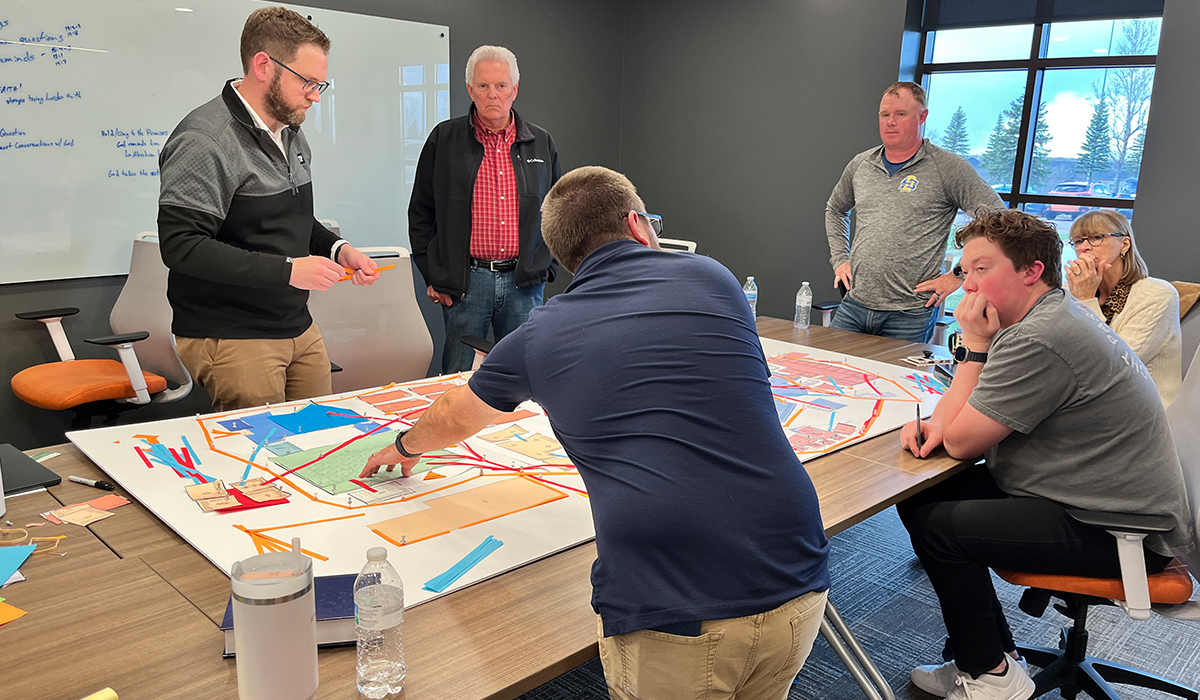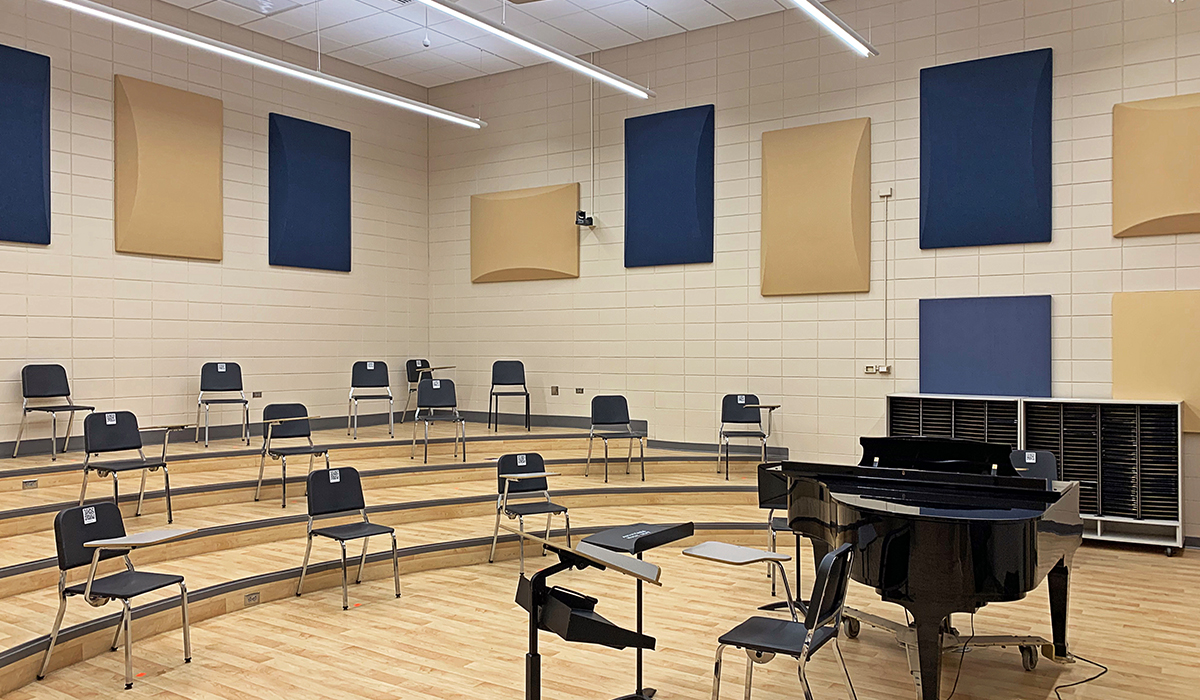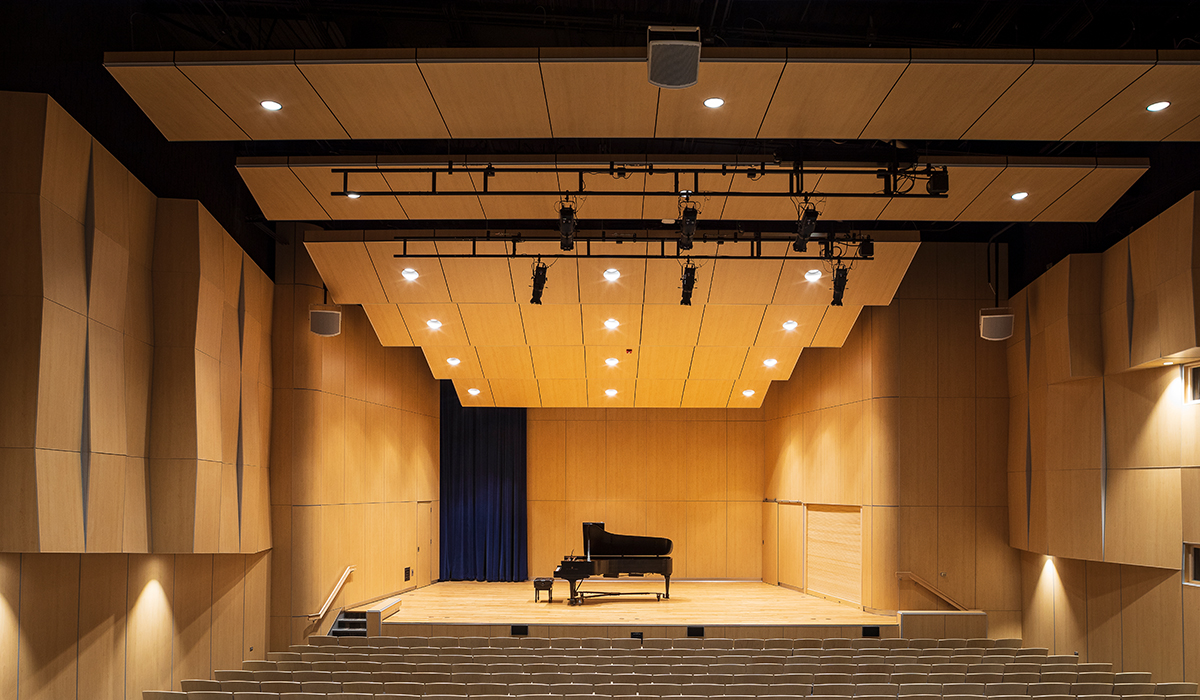Balancing the pragmatic with the possibilities is one of the many challenges that architects and engineers face.
But the opportunity to help clients visualize what could be made better in their existing facilities instead of only facilitating the familiar can lead to functional and beautiful spaces that positively contribute to the built environment.
And when helping nonprofits, houses of worship, and community-based organizations plan ahead, TSP team members realize their work also adds to the fabric of communities – by making our communities better by design.
TSP was established in 1930 with a foundational commitment to community service.
Chase Kramer, the firm’s director of design, appreciates the value architects and engineers can bring to early visioning and strategic planning, a legacy process that emphasizes listening, collaboration, data gathering, and setting a vision.
The master planning process often starts after a specific facility need is identified.
For example, an immediate structural concern at a performing arts venue can be the catalyst for discussions about other “what if” ideas that may result in a grander “wish list.” Just a few of these items might include more seating, better sight lines, or improvements to enhance the guest experience.
With decades of expertise in the design of performance spaces, TSP can provide perspective to help clients envision a different operational future than what they are used to.
“It starts with a recognition of a need, but not just wanting to do a patch job,” Kramer said.
“That is the mark of an engaged client as well as a legacy mindset.”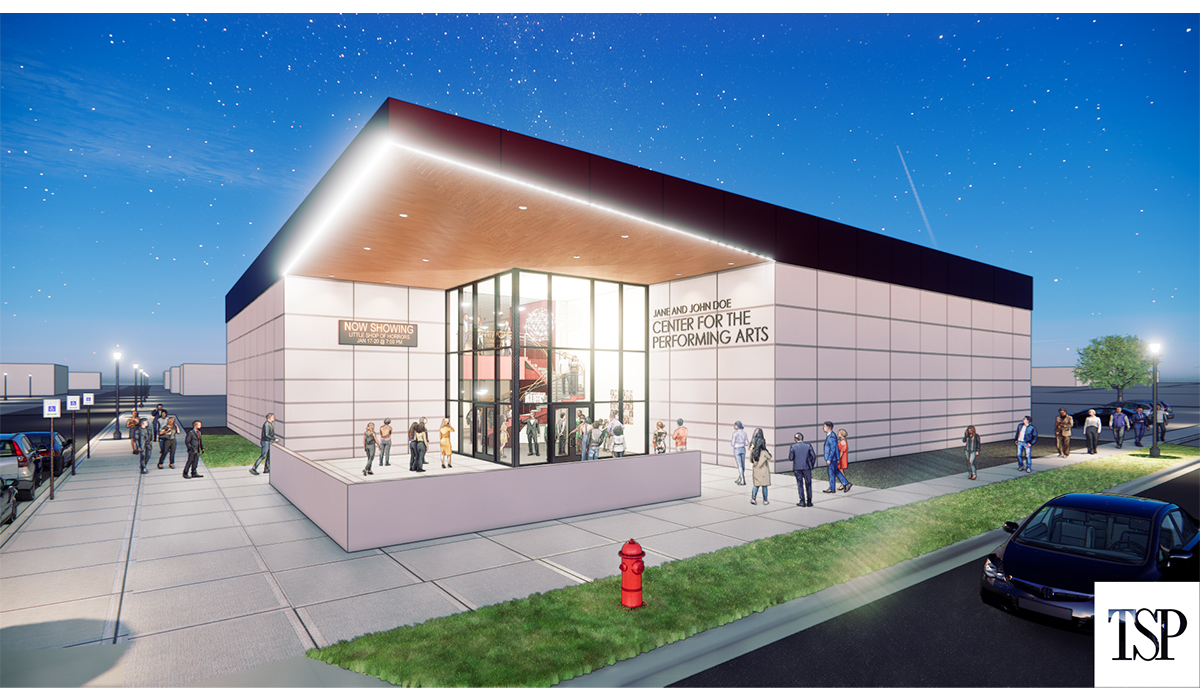
This early collaboration with clients, even before there is a building to design, helps develop an up-front understanding of what is and is not realistic for a master plan.
And bringing the entire design team in early helps brainstorm big ideas.
“That is the benefit of having a multidisciplinary team helping with facilities assessments, feasibility studies, and master planning,” Kramer said.
“With a full complement of services under the same roof, our team can talk through fairly detailed logistics and remove bad assumptions quickly so we can focus on the best design solutions.”
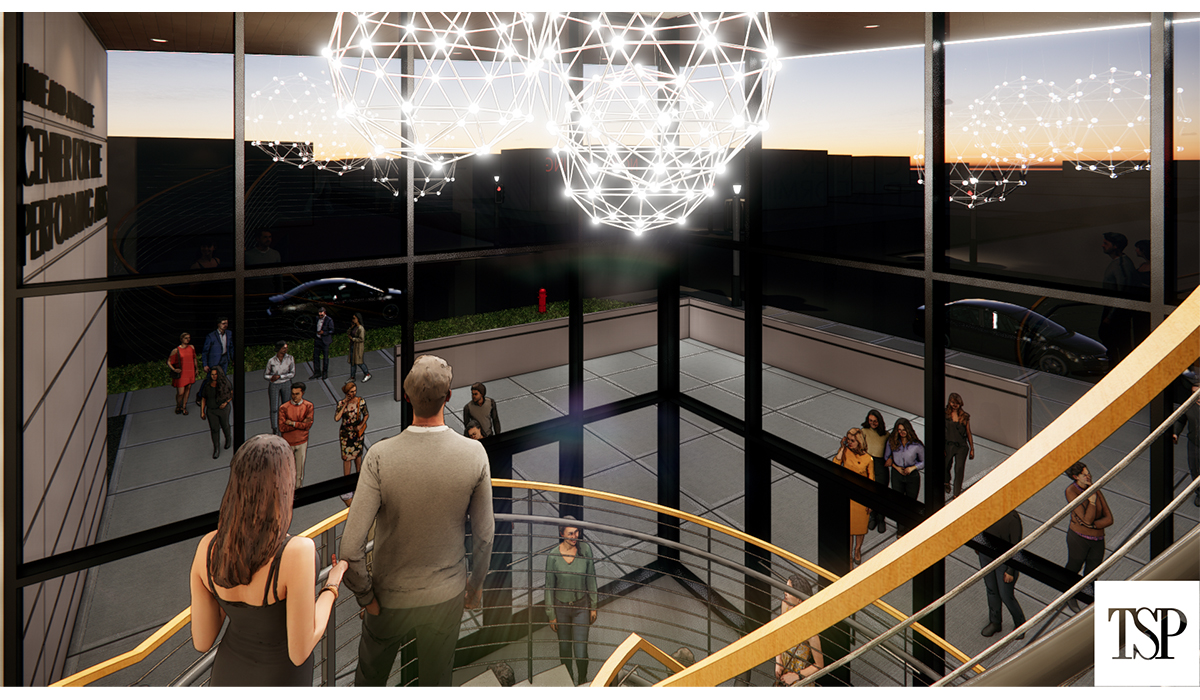
TSP created the above two renderings for a client that approached the firm about an immediate need that motivated them to dream big when considering what their organizational future might look like.
The process is educational for everyone involved. The TSP team learns more about a client’s goals and vision, while the client gains knowledge in the reality of project costs, the design process, and actionable long-term plans.
“Learning together gives everyone involved the confidence to be able to enjoy the process of designing together with our teammates and clients,” said Lucas Lorenzen, a structural engineer at TSP.
“When the time comes for the larger investment in bricks-and-mortar construction, the savings come back to our clients in more effective use of their construction dollars.”
Put simply, TSP’s master planning process is intended to provide a road map for clients as they plan ahead.
One of the biggest benefits is to gain a vision for the future and a clear definition of the next steps.
As each phase is implemented, all elements align, and the work that was done first dovetails with what clients want to do next.
TSP’s work with Augustana University is an example of a similar process that resulted in a variety of completed projects.
In 2016, university leaders established a fundraising campaign to include remodeling many spaces within the Humanities Center, named in memory of former department chair Dr. Don Fryxell and his wife, Dr. Lucy Fryxell.
TSP met with Augustana stakeholders to discuss their goals and dreams, what would and would not be part of the renovation, and an itemized list of nearly 50 proposed upgrades. These ranged from basic finish updates in spaces to more detailed approaches of inserting an elevator into the music wing. Anticipated construction costs accompanied all proposed improvements.
“That is what is important,” Kramer said. “To establish those big dreams and goals and then prioritize in the context of an approximate rough order of magnitude cost, so that a multiphase plan can be set up.
“We want to hear the craziest ideas that a client has, even if it’s not at all realistic, because that helps clarify where their aspirations might lie.”
TSP-produced visuals were used to help build excitement and engage donors about potential projects.
Upgrades at Hamre Recital Hall were identified as a high-priority part of TSP’s larger design effort to renovate the entire Humanities Center.
With all phases now complete, the Humanities Center boasts updated finishes and better soundproofed practice rooms, improved accessibility and finishes in restrooms, and more functional rehearsal spaces for choir and instrumental music. It includes new finishes throughout hallways, including new lighting, and a new elevator that connects the lower-level practice rooms with the main-level rehearsal spaces – all in addition to the major recital hall update.
The recital hall renovation was the first built effort of the overall Humanities Center plan. It included a complete remodel of the space, a new sound system and lighting equipment, and it received a Merit Design Award from AIA South Dakota in 2019.
One overarching goal of master planning, Kramer said, is to avoid short-term “Band-Aid” solutions that make longer-term design visions and aspirations unattainable.
The process creates opportunities to think long term and eliminate big, sometimes hidden, obstacles.
“TSP brings all our knowledge and comprehensive multidisciplinary experience to the table with a more open slate when a master planning process is undertaken,” Lorenzen said. “This process can potentially shorten the design phase, eliminate costly disconnected construction projects, and develop a more unified vision for our clients.”
TSP is honored to have collaborated with clients across the Midwest who must keep their doors open during construction. In Sioux Falls, recent or current examples include Peace Lutheran Church, St. Mary’s Church and School, and Central Church.
The firm’s experience in project phasing and ability to manage complex projects is especially valuable in times of high building costs.
“It is important to keep that phasing mentality in mind, and phasing becomes a major component of master planning,” Kramer said.
Kramer is grateful for opportunities to work with colleges and universities, churches, arts organizations, and nonprofits because the process positions organizations for future success.
“Having a master plan in place is going to be beneficial for any client or any institution that does not do a major building project every year.”
